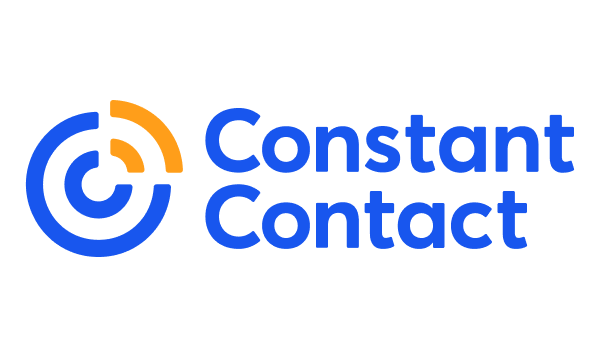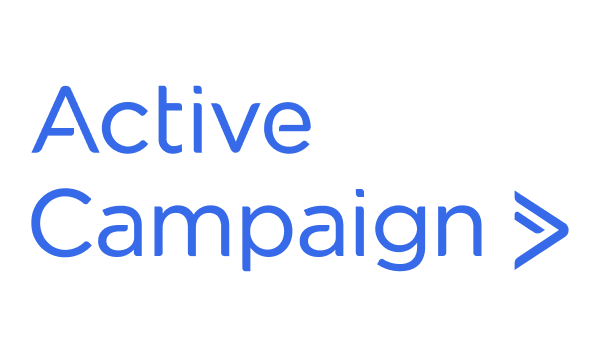- Premium features included
- No hidden costs or usage limits
- Scale from startup to enterprise



Ever tried comparing email marketing platforms and ended up more confused than when you started? Yeah, me too. After spending countless hours implementing both Constant Contact and ActiveCampaign for various clients, I’ve developed some strong opinions about which businesses thrive with each platform.
Picking the right email marketing tool isn’t just about features or price – it’s about finding the platform that aligns with your specific marketing goals, technical comfort level, and growth trajectory. Constant Contact has carved out its space as the approachable, get-started-quickly option that doesn’t overwhelm you with complexity. ActiveCampaign, meanwhile, positions itself as the sophisticated choice for businesses ready to orchestrate multi-channel customer journeys.
I’ve seen firsthand how this decision impacts marketing success, so let me walk you through what I’ve learned from implementing both platforms across dozens of client projects.
Constant Contact
ActiveCampaign
Best For
Small businesses, beginners, nonprofits
Growing businesses, ecommerce, advanced marketers
Pricing
Starts at $12/month
Starts at $29/month
Ease of Use
Very beginner-friendly, simple interface
Steeper learning curve, feature-rich
Value for Money
Good for basic email needs
Excellent for advanced automation & CRM
Strengths
Weaknesses
Constant Contact
Easy setup, user-friendly templates
Limited automation, fewer advanced features
ActiveCampaign
Powerful automation, CRM, robust integrations
Higher price point, learning curve for beginners
Constant Contact
ActiveCampaign
Email Campaigns
Automation
Landing Pages & Forms
Segmentation & Personalization
Reporting & Analytics
Integrations
I’ve set up Constant Contact for numerous small businesses, and there’s something refreshingly straightforward about it. The interface doesn’t try to impress you with complexity – it’s designed to help you get emails out the door without a headache.
The email editor isn’t the most flexible on the market, but it’s remarkably intuitive. One client – a restaurant owner with minimal tech skills – described it as “the first marketing tool I’ve used that doesn’t make me want to throw my computer out the window.”
Where Constant Contact particularly shines is with event marketing. I helped a local nonprofit coordinate their annual fundraiser using Constant Contact’s tools, and the seamless connection between email campaigns and event registration made their life so much easier. The team saved hours of manual work compared to their previous cobbled-together system.
That said, you’ll quickly bump into limitations if you need sophisticated automation. A fitness studio client wanted to send different email sequences based on which classes members attended – and we simply couldn’t configure Constant Contact to handle this level of behavioral targeting.
ActiveCampaign operates in a different league when it comes to marketing sophistication. Its automation builder transforms how businesses communicate with customers – allowing for truly personalized journeys rather than one-size-fits-all campaigns.
One ecommerce client implemented an ActiveCampaign workflow that automatically segments customers based on browsing behavior, purchase history, and email engagement. New customers who browse skincare products but don’t purchase receive a different nurture sequence than those looking at makeup. The result? A 34% increase in customer lifetime value for segmented audiences.
The CRM capabilities in ActiveCampaign create opportunities for sales and marketing alignment that Constant Contact can’t match. A B2B client uses the platform to score leads based on email engagement and website visits, then automatically routes high-scoring prospects to sales team members. This has cut their sales cycle by nearly 40%.
The tradeoff? Complexity. Even tech-savvy marketers typically need several weeks to become truly proficient with ActiveCampaign’s more advanced features. One marketing manager described it as “powerful but occasionally intimidating – like driving a sports car when you’re used to a sedan.”
Subscriber Count
Constant Contact Pricing (Standard Plan)
ActiveCampaign Pricing (Marketing Lite Plan)
Key Differences
1,000
$30/month
$39/month
Constant Contact is cheaper; ActiveCampaign offers automation & CRM features from entry-level.
2,500
$50/month
$61/month
Constant Contact remains more affordable; ActiveCampaign includes advanced segmentation.
5,000
$80/month
$99/month
ActiveCampaign offers deeper automation and site tracking; Constant Contact focuses on ease of use.
10,000
$130/month
$174/month
ActiveCampaign supports multi-channel marketing; Constant Contact stays cost-effective for basic needs.
25,000
$270/month
$286/month
Pricing gap narrows; ActiveCampaign provides superior analytics, behavioral triggers, and integrations.
What I’ve found fascinating is how differently businesses perceive this pricing. For companies sending basic newsletters and announcements, Constant Contact’s lower cost makes perfect sense. But for businesses generating direct revenue through email (especially e-commerce), ActiveCampaign’s premium is often seen as an investment rather than an expense.
A retail client calculated that ActiveCampaign’s advanced automation generated an additional $2,700 monthly revenue – making the extra $44/month seem trivial in comparison. That kind of ROI calculation isn’t immediately obvious from pricing pages.
Constant Contact Free Plan
ActiveCampaign Free Plan
Subscribers
Up to 500 contacts
No free plan (14-day free trial only)
Emails/Month
2,000 emails/month
Unlimited during 14-day trial
Automation
Basic welcome emails only
Full automation access during trial
Landing Pages/Forms
Basic landing page & sign-up forms
Advanced forms & landing pages during trial
Branding
Constant Contact logo on emails
No branding during trial
I’ve started several clients on Constant Contact’s free plan, and it works surprisingly well for businesses just getting started with email marketing. A local café used it for six months to build their initial subscriber base before upgrading to a paid plan.
ActiveCampaign’s approach is different – instead of a limited free plan, they offer complete access to all features for 14 days. This works better for businesses ready to dive into advanced features and set up sophisticated systems from day one. A coaching client used the trial period to build their entire onboarding sequence, then seamlessly converted to a paid plan once it was generating results.
Constant Contact
ActiveCampaign
Constant Contact wins hands down on user-friendliness. Reviews consistently highlight its approachable interface and straightforward setup. As one small business owner put it, “I was able to create and send my first campaign without watching a single tutorial video.” That level of immediate usability is rare in marketing software.
ActiveCampaign presents a more mixed picture. While users praise its powerful features, many acknowledge the steeper learning curve. “There’s definitely an investment of time upfront,” noted one reviewer, “but it pays dividends once you’ve mastered it.” The platform tries to mitigate this complexity with excellent documentation, but there’s no escaping the initial learning investment.
The learning curve for Constant Contact tends to be gentle, making it particularly well-suited for small businesses or individuals new to email marketing. Most users report feeling comfortable with the core functionality within days rather than weeks.
ActiveCampaign demands more investment to utilize fully. While creating a simple campaign is straightforward enough, leveraging the platform’s more advanced capabilities can take weeks to master properly. I’ve found that teams often need dedicated training to harness features like custom objects or complex automation logic.
Constant Contact users frequently highlight responsive customer support and reliable deliverability. “Their support team has saved me more than once,” shared one nonprofit director, reflecting a common theme in reviews. However, limitations around automation and reporting come up consistently as pain points.
ActiveCampaign users often praise the platform’s depth and flexibility. “It’s transformed how we communicate with customers,” noted one eCommerce manager. The most common complaints center on pricing and the initial complexity. As one reviewer memorably put it, “It’s like being handed the controls to a spaceship when you just learned to drive – powerful but intimidating at first.”
